BIPV stands for building-integrated photovoltaics. The photovoltaic materials are construction products that integrate PV into building elements such as solar roof tiles, façades, shading elements, and handrails. It allows users to use solar energy in more ways than one by ensuring both power production, water tightness, and isolation.
BIPV has become key to sustainable living as it delivers modern and green architecture that enables the decarbonization of the existing building structures. In this way, BIPV is able to generate green energy from both new and old buildings.
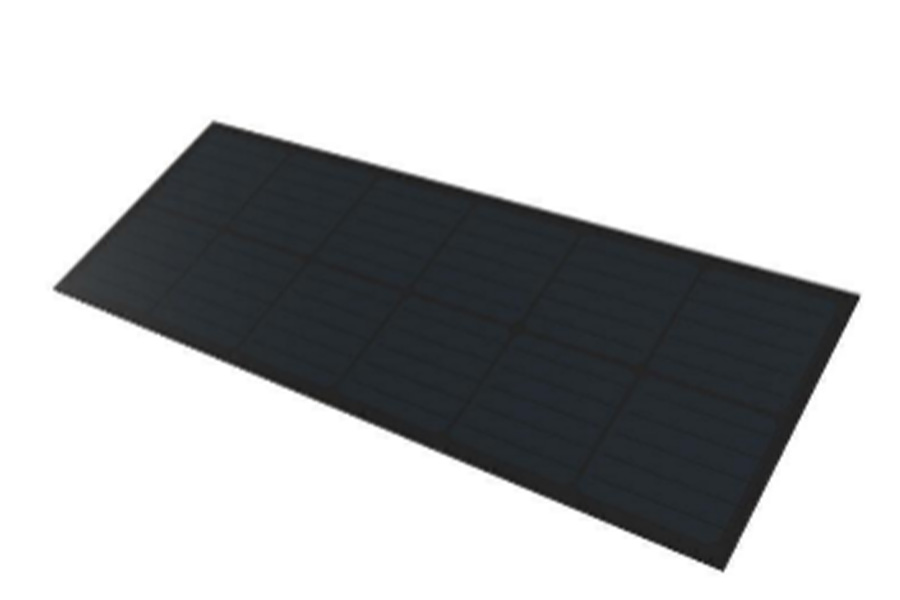
This can be seen through Gainsolar’s BIPV green building materials like its solar roof tile that can replace traditional roofs while generating energy.
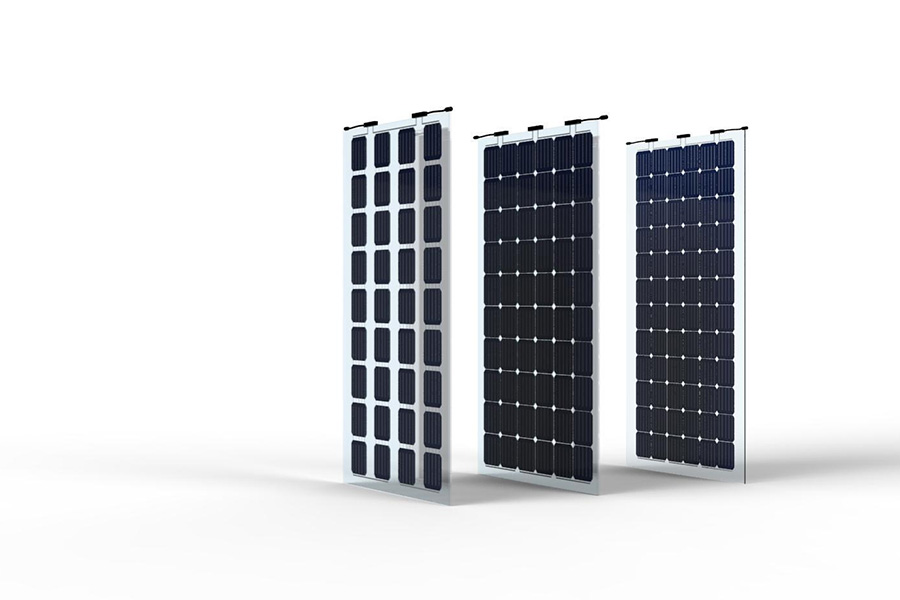
Gainsolar’s colored glaze panels integrate well with the building façade and can replace traditional curtain walls or act as a façade decoration.
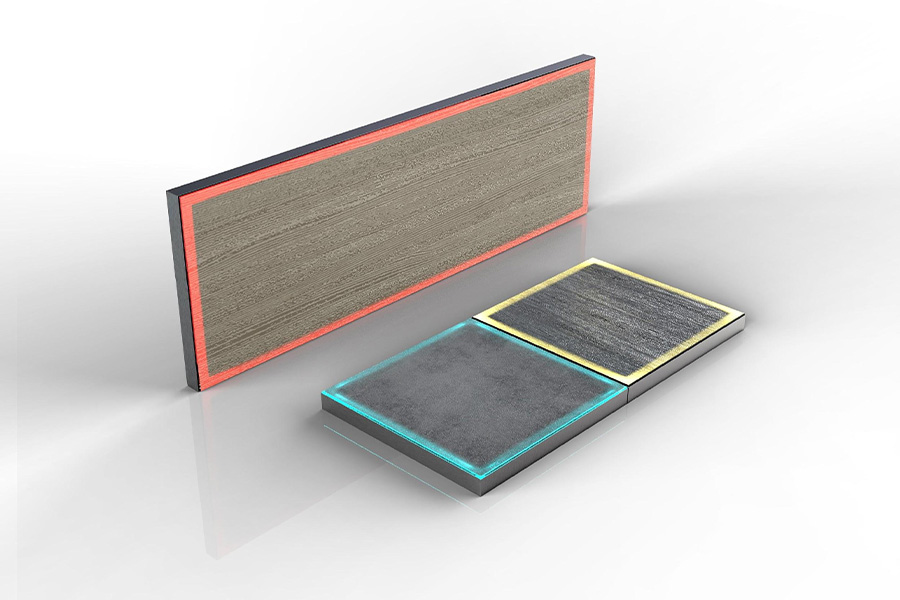
There is also the solar floor tile that is a unique form of BIPV material that is high-strength explosion-proof that can be used for landscaping and ground lighting at night.
Overview of the global BIPV market
The global building integrated photovoltaics market is expected to reach US 20.1 billion by 2026, growing at a compound annual growth rate (CAGR) of 12.4% over the 2020–2027 forecast period.
Factors driving the growth of the industry include declining cost per watt, the improved efficiency of c-Si modules, enhanced aesthetics of BIPV, and flexible thin-film panels. This coupled with change on the customer-side with more residential and commercial building owners choosing to “go green.”
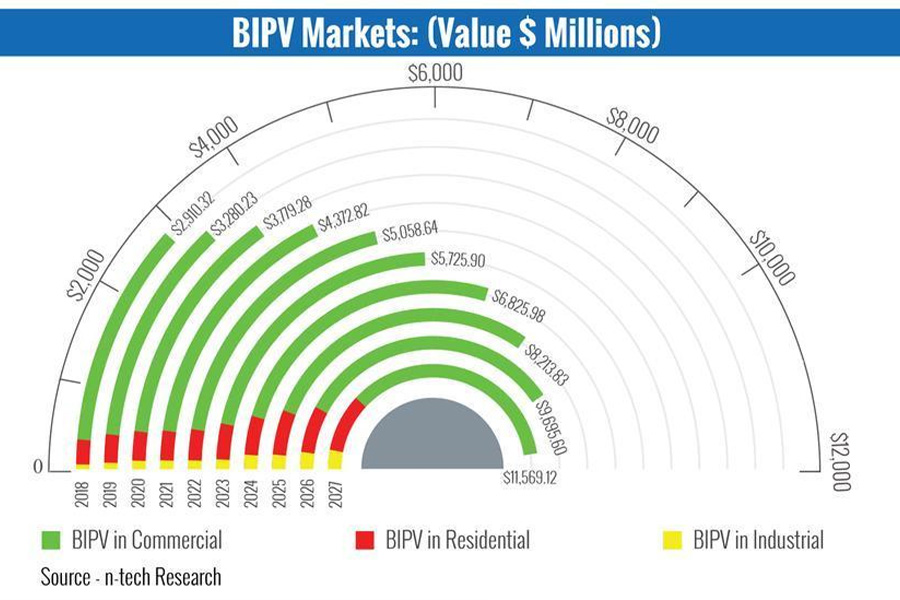
Successful BIPV application cases
Below are some reference cases showing how BIPV is integrated to buildings through solar roof tiles, façades, shading elements, and handrails.
Shandong Zibo Innovation and Entrepreneurship Park City Development Service Center
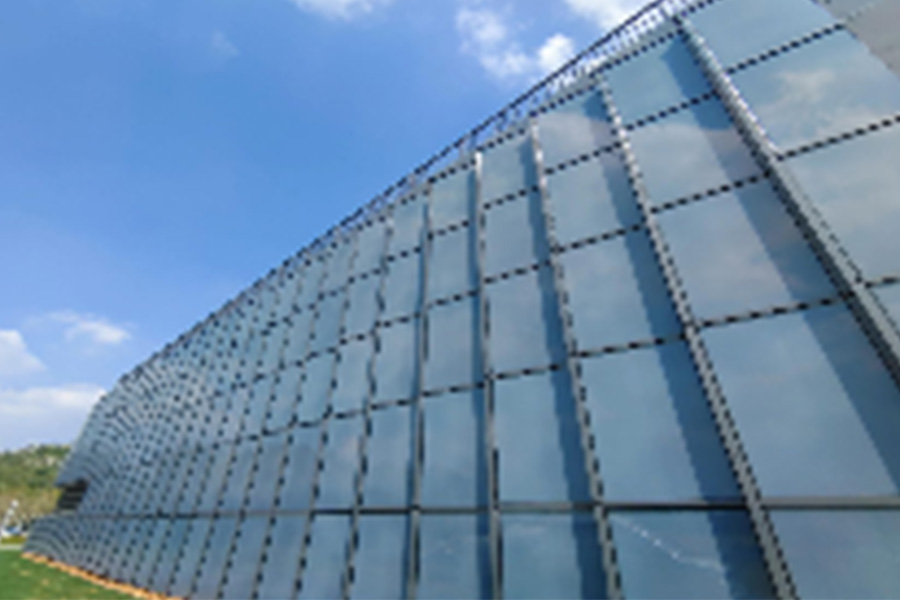
Time: 2021
Location: Zibo, Shandong
Capacity: 65.8 KW
Installed area:1051 ㎡
Project characteristics:
This project uses “landscape texture, ecological core, cultural value, city impression” as its main design concept, integrating photovoltaics and passive energy-saving technology to harmonize the building, landscape, and city.
The three façades on the building’s east, south, and west are all integrated with colored BIPV “colored glaze” products. The project showcases a unique future ecological building.
Positec China Headquarters
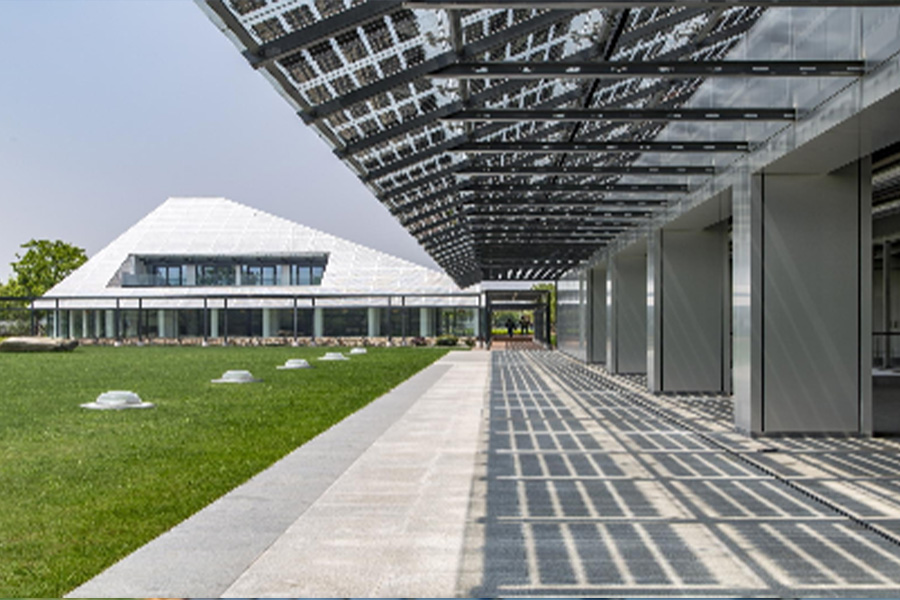
Time: 2014
Location: Suzhou, Jiangsu
Capacity: 338 KW
Installed area: 3200 ㎡
Awards & Certifications:
- National Green Building Design Three-Star Certification
- 3rd Prize for the National Green Building Innovation Award
- U.S. LEED-NC Platinum Certification
Project characteristics:
The project uses an open-point installation structure with a transparent and beautiful appearance. There is no silicone in the glue joints, and the solar modules are completely exposed to the outdoor air. The high-performance products used fully meet waterproofing performance requirements in humid environments.
Zevenaar Town
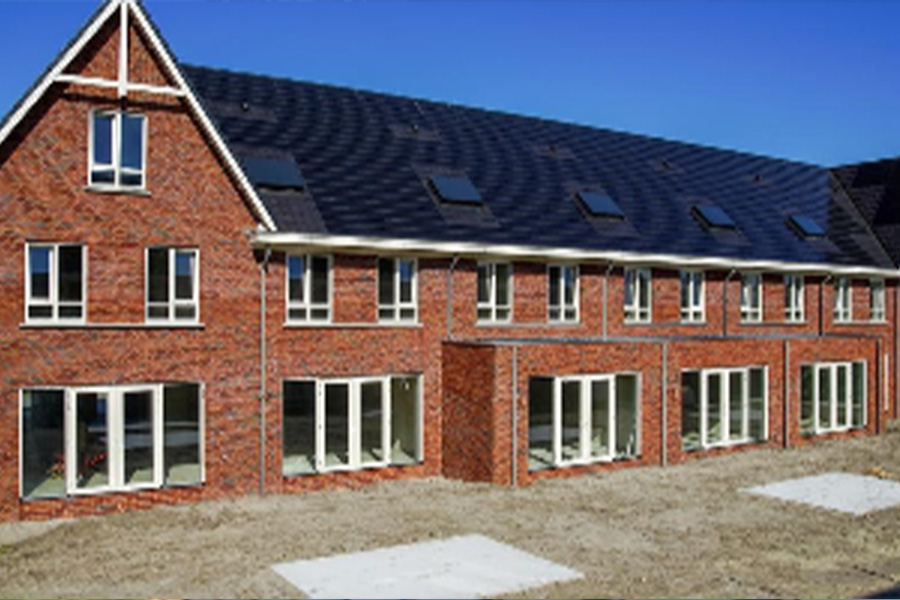
Time: 2016
Location: Zevenaar, Netherlands
Capacity: 4.2 KW
Project characteristics:
As the building material on the roof, the solar tiles have no color difference and use uniform internal and external materials with traditional roofs so that the entire roof maintains the traditional tile architectural style.
Moreover, it ensures the consistency of the front and rear roof heights and increases the visual beauty of the house. At the same time, the high-performance energy system and the maximum use of renewable energy systems minimize fossil energy consumption.
Promoting green construction
The goal of carbon neutrality worldwide has been clear as there is a lot of room for carbon reduction in the construction industry. Against this background, green buildings have gained popularity as a key way to reduce carbon emissions in the construction industry.
The combination of photovoltaics and architecture is flexible, and the application scenarios are diverse. Through the combination of building roofs, façades, and building accessories with PV technology is enabling the full realization of building integrated PV.
Disclaimer: The information set forth above is provided by Baoding Jiasheng independently of Chovm.com. Chovm.com makes no representation and warranties as to the quality and reliability of the seller and products.





 বাংলা
বাংলা Nederlands
Nederlands English
English Français
Français Deutsch
Deutsch हिन्दी
हिन्दी Bahasa Indonesia
Bahasa Indonesia Italiano
Italiano 日本語
日本語 한국어
한국어 Bahasa Melayu
Bahasa Melayu മലയാളം
മലയാളം پښتو
پښتو فارسی
فارسی Polski
Polski Português
Português Русский
Русский Español
Español Kiswahili
Kiswahili ไทย
ไทย Türkçe
Türkçe اردو
اردو Tiếng Việt
Tiếng Việt isiXhosa
isiXhosa Zulu
Zulu